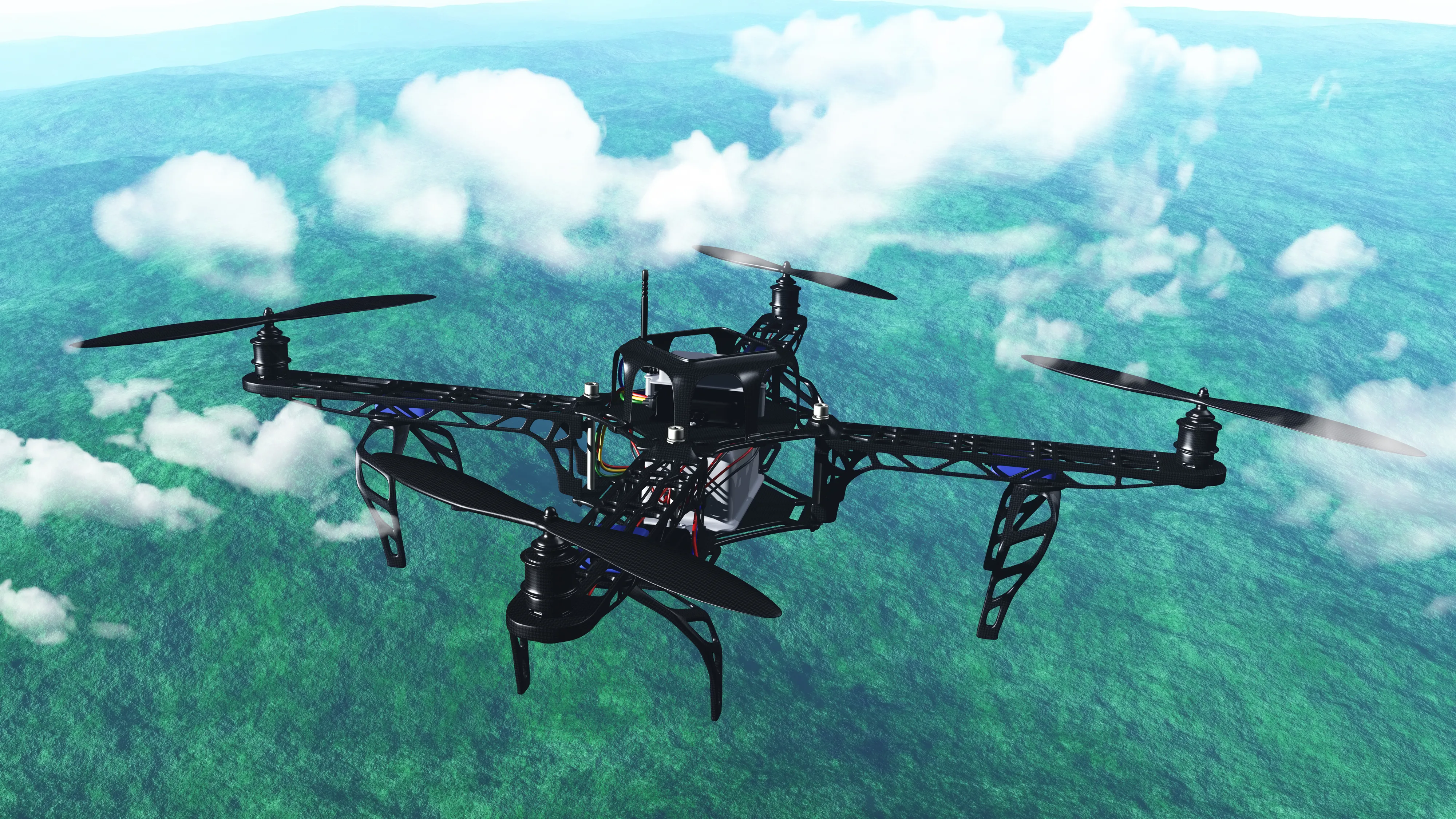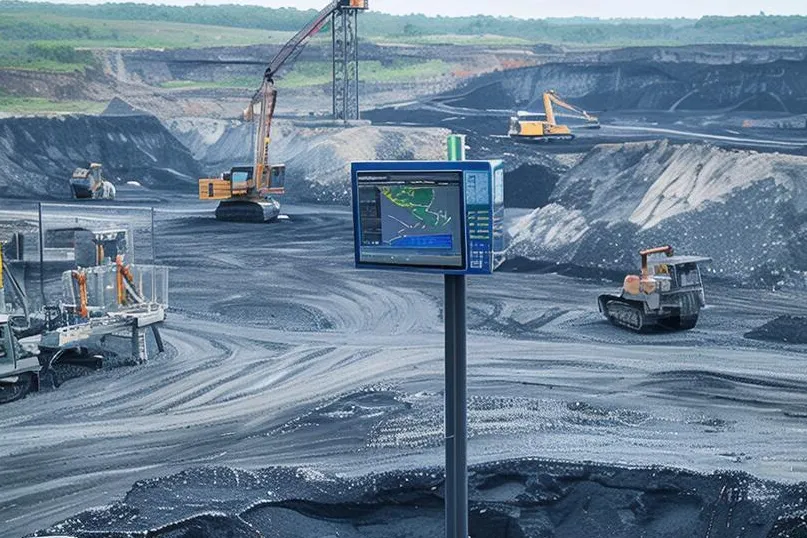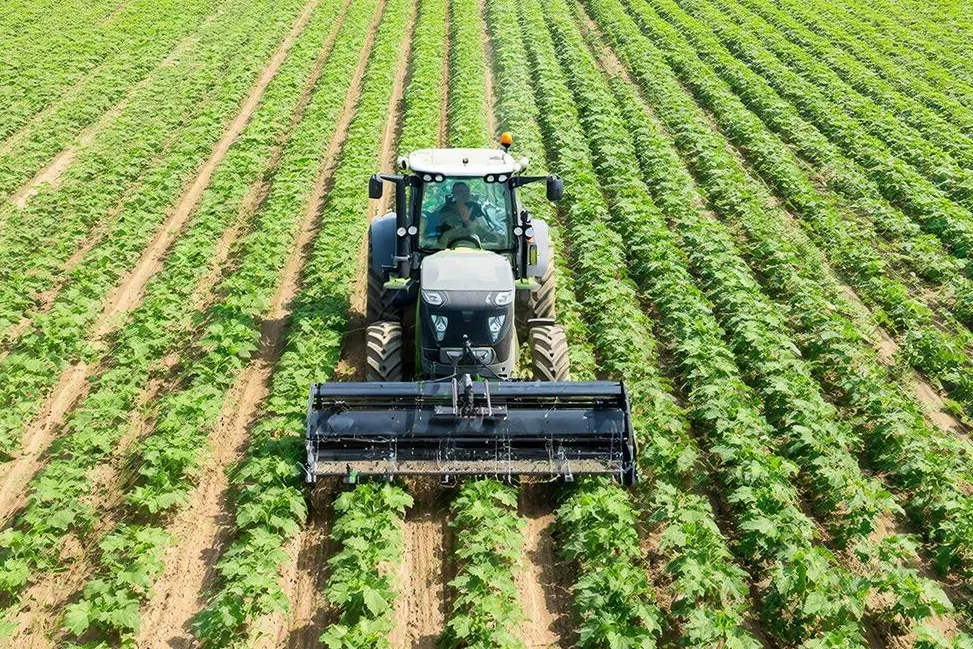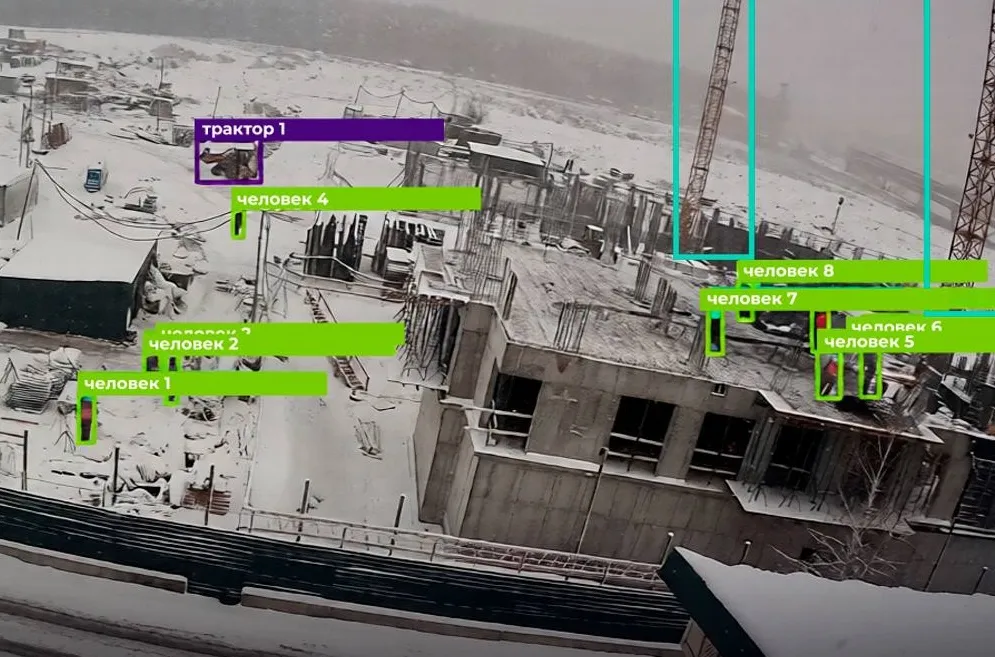Russian Researchers Build AI System to Track Natural Disasters from News
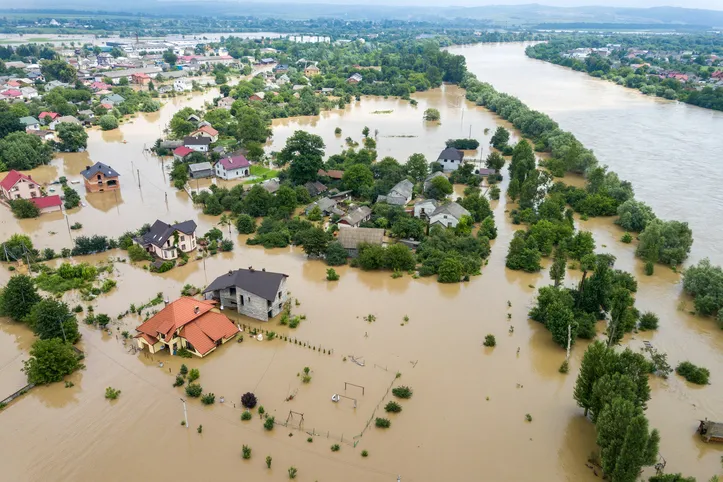
A generative language model scans thousands of reports an hour to help regions respond faster to climate-related emergencies.
Scientists at the Faculty of Geography and Geoinformation Technologies at Russia’s Higher School of Economics (HSE) have developed an AI-driven tool to automatically collect and structure data on natural disasters. At the heart of the system is a generative language model that processes news articles and extracts key details — including the type of disaster, location, timing, damage, and response measures — according to a report by «Vedomosti».
The algorithm can process more than 1,000 texts per hour and has already been used to analyze over 50,000 posts from news media, social platforms, and Russia’s Ministry of Emergency Situations (EMERCOM). The resulting dataset captures information on roughly 30,000 natural events — ranging from major disasters like the 2024 flooding in the Kurgan region to small-scale incidents that would otherwise go undocumented.
The innovation has already gained international attention. In 2025, it was named a finalist in the AI for Good global competition and will be presented at the upcoming UN Summit in Geneva. The project is supported by HSE’s “AI for Humans” research grant.
Until now, most disaster databases were compiled manually — a process that limited their scale and usability. The HSE model aims to redefine how governments and agencies monitor environmental risks in real time.







